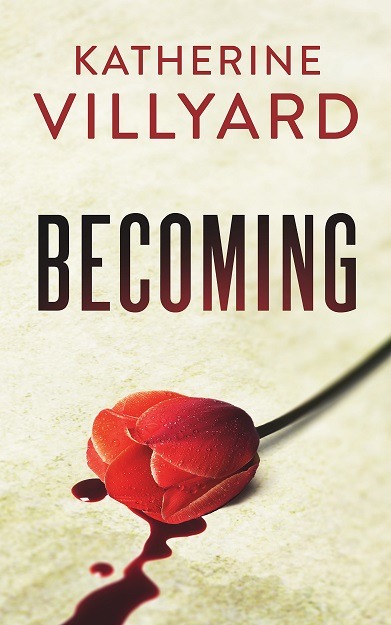Some people are going to look at the title of this blog post and wince. I feel you. I do! If you don’t know about blood libel, well. Suffice to say that my book’s premise will be seen as, um, questionable in some circles. I mean, it’s not forbidden or anything, but people might question my credentials and motivations.
During the Dreyfus affair, it was common to depict Jews as vampires. This continued through Dracula and Nosferatu, and is still seen in antisemitic cartoons (which I will not be showing here).
Stoker and Murnau ensured that the idea of the vampire would be infected with antisemitism, and vice versa, for many years to come. Adolf Hitler in 1925’s Mein Kampf refers to Jewish people as vampires and bloodsuckers, and calls them “that race which shuns the sunlight.” In the 1931 Dracula, starring Bela Lugosi, the titular vampire first appears wearing a large star of David necklace, identifying him as Jewish, and/or comparing the undead, blood-sucking monster to Jewish people. The vicious 1940 Nazi propaganda film The Eternal Jew, picks up numerous tropes from Nosferatu, according to scholar Eric Rentschler. That includes most vividly its equation of Jews with vermin and rats, and its charges of sexual predation (The Eternal Jew makes the outrageous false claim that Jewish people controlled 98% of prostitution worldwide.)
—Bloodsuckers: Vampires, Antisemitism And Nosferatu At 100
Yeah, Stoker was probably inspired in his reverse-colonization narrative by… Eastern European Jews “invading” London. “Those who have studied Stoker’s original text detect clues to suggest that in many cases this villain stands in for the threatening masses of eastern European immigrants, many of them Jews, who migrated to London.”
—They Walk Among Us; Vampire and Immigration in Victorian London
What’s a nice Jewish girl to do if she loves vampires?
The usual way to deal with it is to make sure your vampire isn’t Jewish–make him Catholic, or Mormon, or almost anything else. And I see that. But sometimes, rarely, people go in a different direction.
We’re getting to the point where people are starting to write books about Jewish vampires, some of them apparently without knowing the baggage. Cassandra Clare (who is Jewish) had a Jewish vampire character, Simon, who “plucks the cross out of the hands of someone trying to ward him away nonchalantly with the remark of ‘wrong religion.'” David Carrico has a book based on the famous prohibition against consuming blood in the Bible. Lavie Tidhar has HebrewPunk. Tidhar is apparently well aware of what he’s writing against. I was uncertain whether Carrico realized that or not (although I believe his book was well-intentioned).
I would also be remiss if I didn’t link Kaz Rowe’s Bram Stoker and the Fears that Built Dracula here. Particularly the section on Dracula as a reverse colonization narrative, in which the white majority fears the influx of the Eastern European menace that will change their blood. See my blog post on 19th Century Jewish London for more on those Eastern Europeans.
Special shout-out to Blood Relatives, in which a Jewish vampire discovers he has a daughter. Francis isn’t particularly religious–he’s culturally Jewish and swears a lot in Yiddish. It’s cute!
In short: I’m not the first person to write a Jewish vampire, nor even the first person to do so sympathetically. I’m certainly not the first person to make the vampire the protagonist. (That was either Anne Rice or the author of Varney the Vampire.) But I love a good moral inversion retelling, and vampires are too juicy a metaphor to pass up forever. Hopefully I did okay!
See also: Thoughts on writing vampires. The relationship between vampires and religion goes all the way back to their Eastern European origins. Those who turned their back on the Eastern Orthodox church often became vampires when they died, which obviously includes “witches” and heretics, but where does that leave Jews? I’m not going to go as far as the woman on Bluesky who once said “EVERYTHING about vampires is a reference to Jews, especially blood libel,” but she’s also not 100% wrong.




Shoutout to this article in Jewish Boston… this closing paragraph delighted me:
“On a more somber note, I’m also interested in how a Jewish vampire would mourn. Would she say Kaddish for herself or mark her own yahrzeit? What about for other vampires or Jewish people in her life? I’m inclined to lean toward a modified version, since a Jewish person is still Jewish even in death. These are all, of course, very silly questions, but questions are the backbone of faith. Though I can’t definitively say whether a vampire could be Jewish, the not-knowing is part of the fun, and fuel for many conversations among many, many Jews.”